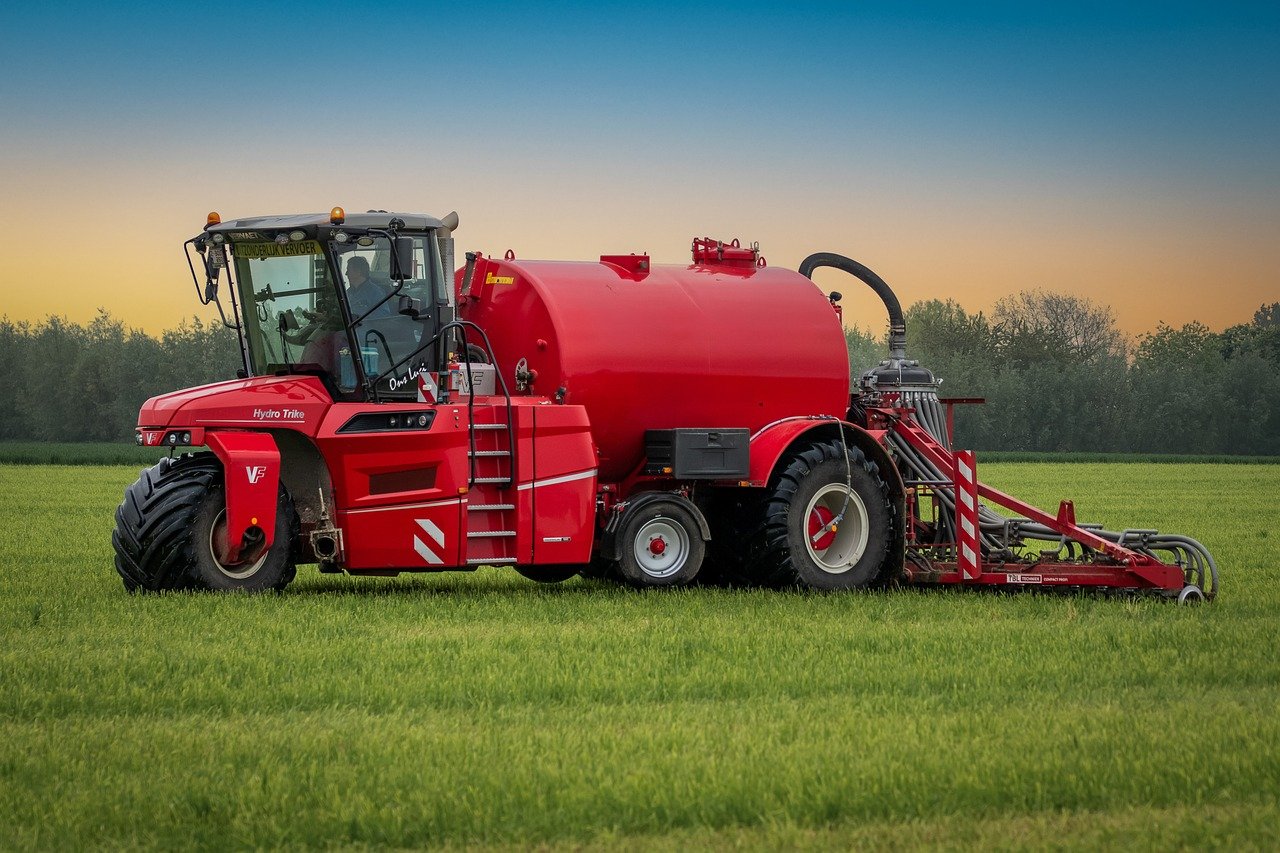Land swales, also known as contour swales or drainage swales, are increasingly recognized as a vital tool for sustainable farming practices across the United States. These strategically designed channels, often lined with vegetation, play a crucial role in managing water flow, preventing soil erosion, and enhancing soil health. With the growing emphasis on sustainable agriculture and environmental stewardship, land swales are becoming a focal point in discussions about effective water management and soil conservation on American farms.
In the U.S., land swales offer significant advantages to farmers grappling with the challenges of climate variability and soil degradation. During heavy rainfall, swales capture and slow down surface water runoff, reducing the risk of soil erosion and preserving valuable topsoil. This helps prevent nutrient loss and soil degradation, which can otherwise lead to decreased crop yields and increased reliance on synthetic fertilizers. Additionally, by promoting water infiltration, swales contribute to groundwater recharge, supporting soil moisture levels during drier periods and improving overall crop resilience.
The implementation of land swales aligns with broader environmental and agricultural policies aimed at enhancing sustainability and resilience in farming. Programs and grants provided by federal and state agricultural agencies often support the adoption of such practices, recognizing their role in reducing the environmental footprint of agriculture. As farmers across the U.S. embrace land swales, they not only contribute to soil and water conservation but also advance the nation’s goals of sustainable land management and ecological balance. The growing awareness and integration of land swales reflect a positive shift towards more resilient and environmentally friendly farming practices, showcasing the ongoing commitment to preserving and improving American farmland.







0 Comments